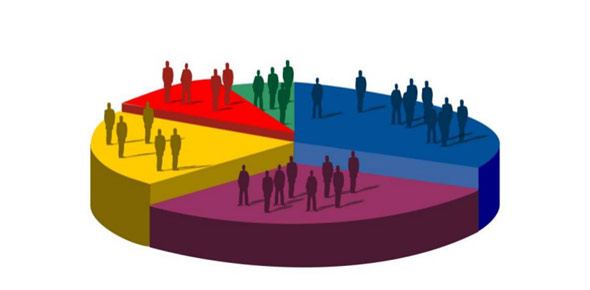Population Test Quiz Unit 2
- AP Human Geography
2.
You may optionally provide this to label your report, leaderboard, or certificate.
×
Thank you for your feedback!
















